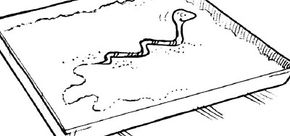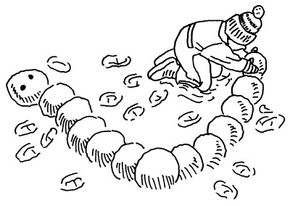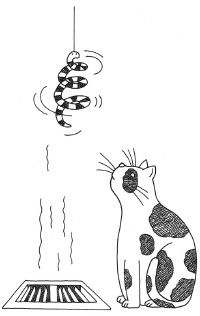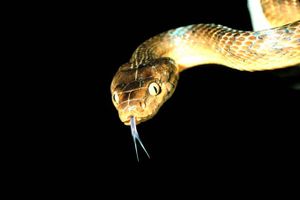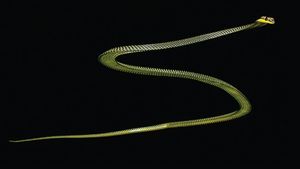Sure they slither and they're reptiles, but how much do you really know about snakes?
The snake activities for kids on the following pages offer a number of fun ways to learn more about these fascinating creatures. You'll also get great craft ideas so that you can make snakes to impress your family and friends.
Advertisement
If snakes don't have legs, how do they move? Watch and learn about snake locomotion in this educational snake activity.
Tired of the same old snow men? This winter, try making snow snakes -- snow sculptures that are easy, fun, and interesting.
Learn how to make a snake ornament that moves as if by magic. Use items you'll find around the house.
Ready to begin your snake activities? Find out how to observe snake locomotion on the next page.
Find more fun activities and craft ideas on the following pages:
Advertisement
